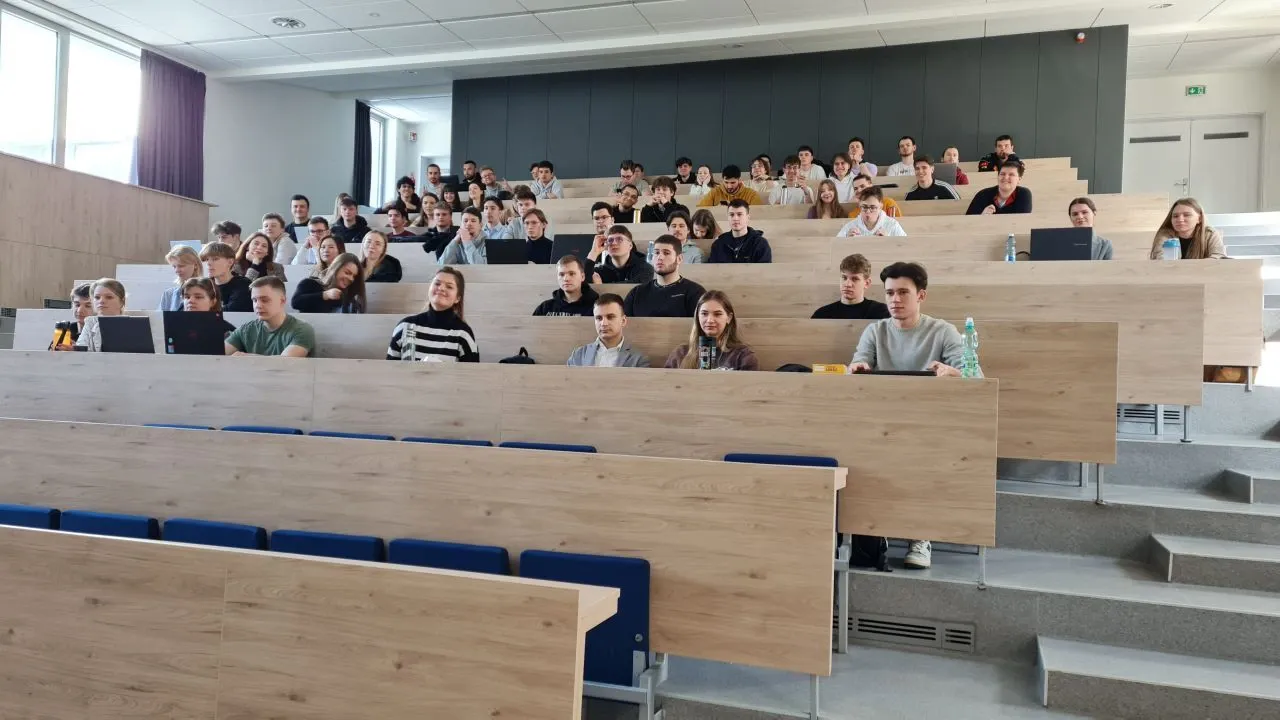Presenting OWASP Methodology at Slovak Technical University
March 4, 2025

Last week, I had the privilege of speaking to students at the Slovak University of Technology in Bratislava (STU), Faculty of Electrical Engineering and Information Technology (FEI). Hosted by Prof. Katarína Žáková, the session focused on a crucial topic for every aspiring developer and security professional: Web Security Vulnerabilities in PHP Applications.
A Hands-On Approach to Web Security
Cybersecurity is best learned through practical experience. Instead of simply discussing theories, we dove straight into real-world vulnerabilities and defenses. The session covered:
1. Understanding Common Web Vulnerabilities and OWASP Methodology
We started by exploring the most common security risks that plague PHP applications. From SQL Injection to Cross-Site Scripting (XSS), we examined how these vulnerabilities arise, why they persist, and how attackers exploit them.
2. Secure vs. Insecure PHP Code
Theory alone isn’t enough - hands-on coding examples made the differences between vulnerable and secure applications crystal clear. We analyzed insecure PHP code, discussed what made it dangerous, and then walked through secure implementations that eliminate those risks.
3. Live Hacking Demonstration
One of the highlights of the session was a live demonstration of an SQL Injection attack. Seeing an attack unfold in real time provided students with a deep understanding of how a simple coding oversight can lead to devastating security breaches.
Key Takeaways
Security Starts at the Code Level
Writing secure applications isn't just about following best practices - it’s about understanding how attackers think. By proactively identifying and mitigating security risks during development, we can prevent vulnerabilities before they are exploited.
Defense is Just as Important as Offense
While hacking techniques help us understand security flaws, the ultimate goal is to build resilient applications. Security should be an integral part of software development, not an afterthought.
Cybersecurity is a constantly evolving field, and education is key to staying ahead. Let’s continue building a future where security is second nature to every developer!
